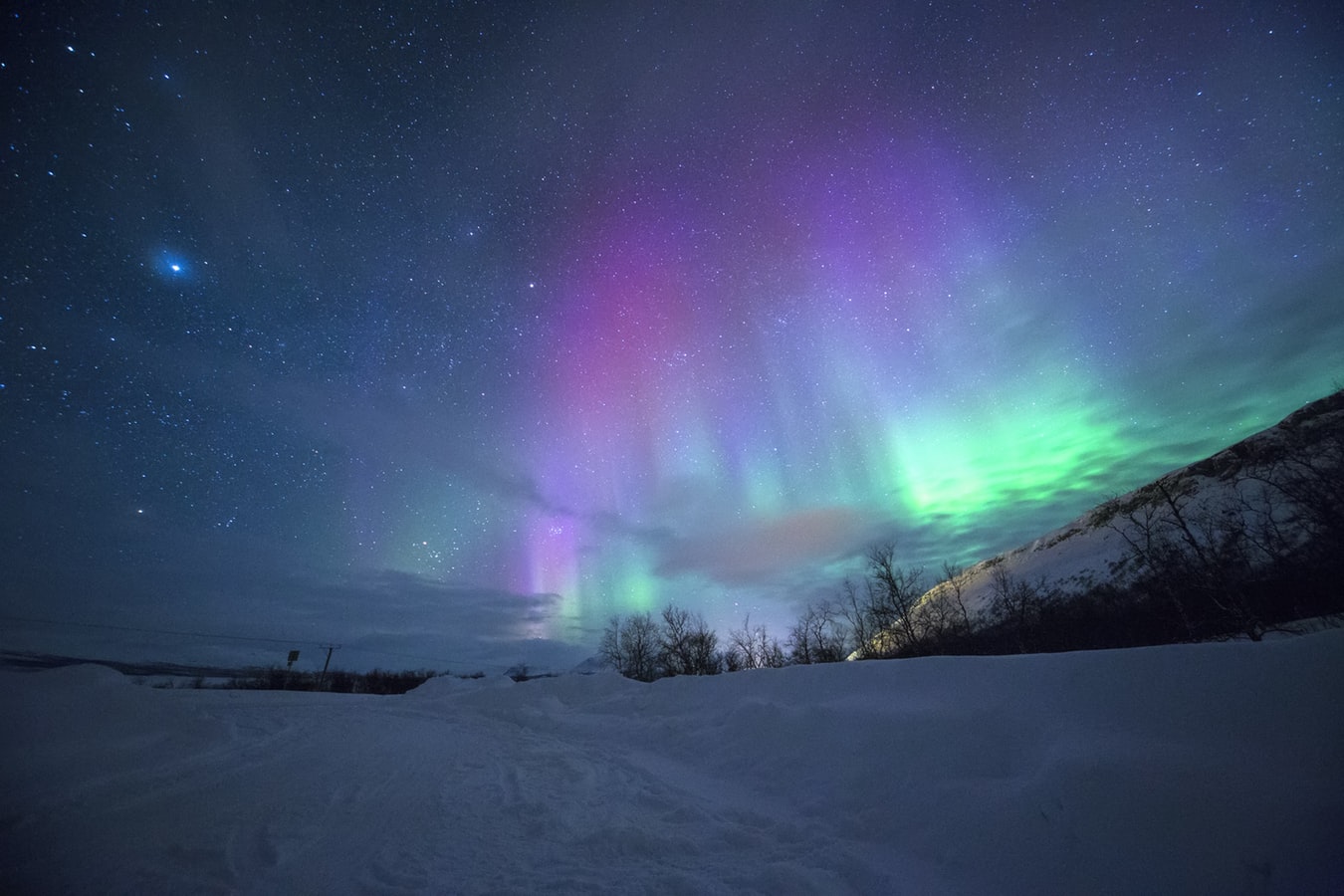Descripción/Description:
The importance of studying comets to advance the knowledge of the processes that shaped our Solar System is recognized by the different space agencies, especially by the European Space Agency. The huge scientific returns of Giotto, Rosetta, and other comet missions are unquestioned. These ground-breaking endeavours have explored periodic comets that have approached the Sun many times, thus undergoing surface compositional and morphological modification, and blanketing by thick layers of dust. Thus, a truly pristine comet has yet to be encountered and explored. The future Comet Interceptor (ESA/JAXA) mission, in whose definition the PhD advisors (Pedro J. Gutiérrez and Luisa M. Lara) actively participate, is aimed at this goal. This mission is a new approach to exploring a comet very likely entering the inner Solar System for the first time, or, possibly, encountering an interstellar object originating at another star. Due to the extremely high orbital eccentricities of either type of target, the Comet Interceptor mission is by necessity a flyby like Giotto rather than a rendezvous like Rosetta, but the concept of the mission is scientifically compelling, and it combines the first exploration of a new type of target, as was the case for Giotto, with unique measurements that go beyond what Rosetta achieved, in some areas.
The Comet Interceptor mission involves separate spacecraft elements working together to ensure a low-risk, bountiful, interdisciplinary scientific return through unprecedented multi-point measurements. ESA is responsible for two of the spacecraft (A and B2) while JAXA will provide the third one (named B1). Multiple viewing positions will greatly increase the 3D information provided on the target and its jets/coma. The unique simultaneous multi-point measurements possible from a multi-spacecraft comet flyby will also greatly advance our understanding of the complex 3D structure of the coma, including its composition and chemical reactions, and its link with both the nucleus and the solar wind environment. The latter presents a highly dynamic and poorly understood structure of interacting plasma and fields, which this mission will be uniquely sensitive to, across a wide range of spatial scales.
The pre-doc researcher would follow the Physics and Space Sciences doctoral programme of the University of Granada. As we expect a deep involvement within the Comet Interceptor mission, several stays at different European research institutions of the team are foreseen. We plan short stays at DLR in Berlin, at Edinburgh University and at the Istituto di Fotonica e Nanotecnologie in Padova.
The goal of the PhD thesis project will be the development of new tools to analyse the coma of comets, mainly from the gas composition standpoint, and apply them to analyse both observations that we already have available and new comets to be observed. After the first period in which the predoctoral is expected to acquire the basic knowledge related to the field, it is planned his/her training in observing comets (both through spectra and broadband filters) taking advantage of our large experience in the field. In parallel, the FPI, starting from the codes already available to us, will develop new tools, considering our present understanding of coma processes, to analyse coma data. The application to actual observations is granted as we already have a large archived set of cometary data. Due to the potential involvement of the predoc in the Comet Interceptor mission, there are strong chances that he/she will continue his/her career in cometary science as a postdoc in the frame of the mission as an Associated Scientist.
The official announcement for pre-doc position within the project SIGNORA at the Instituto de Astrofísica de Andalucía (IAA) in Granada, Spain is now available. T
Look for the application link "Acceso applicación solicitud.." in: https://www.aei.gob.es/convocatorias/buscador-convocatorias/ayudas-contratos-predoctorales-formacion-doctores-2022. The call closes on Jan 26. There is also information on the administrative requirements available at https://www.aei.gob.es/convocatorias/buscador-convocatorias/ayudas-contratos-predoctorales-formacion-doctores-2022-1.
Interested candidates can contact Luisa M. Lara (lara@iaa.csic.es) and/or Pedro J. Gutiérrez (pedroj@iaa.csic.es) for further information.
